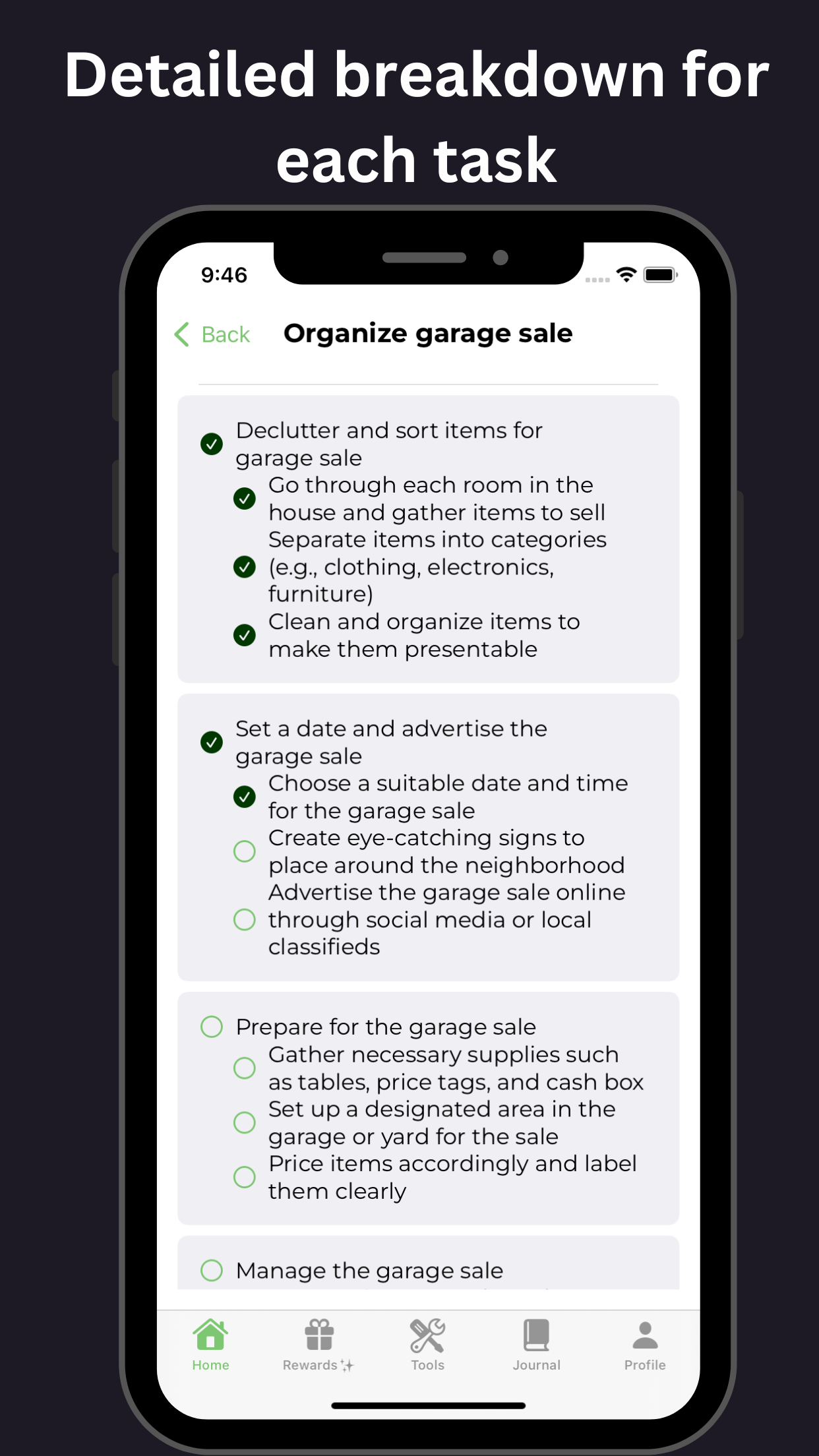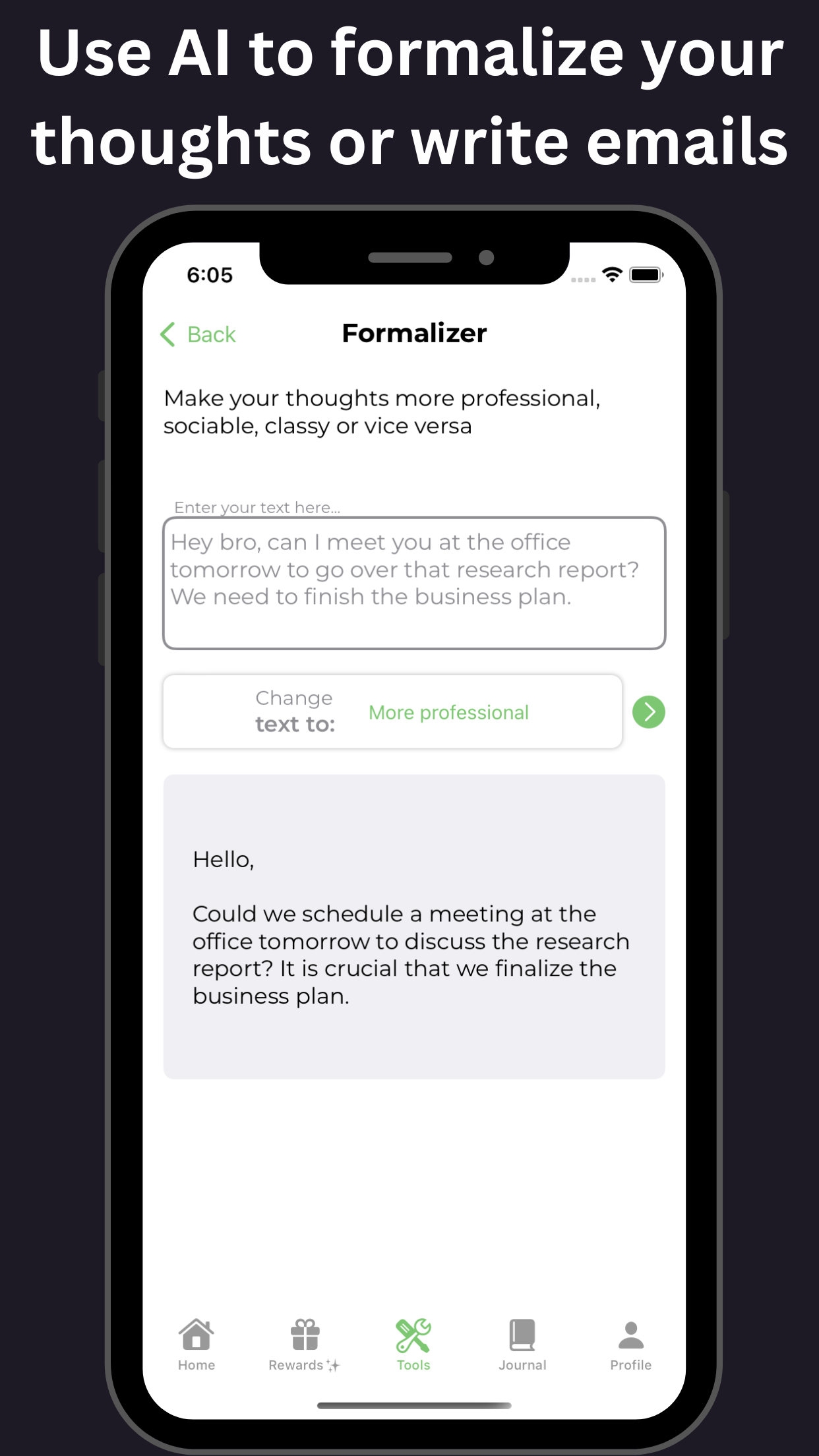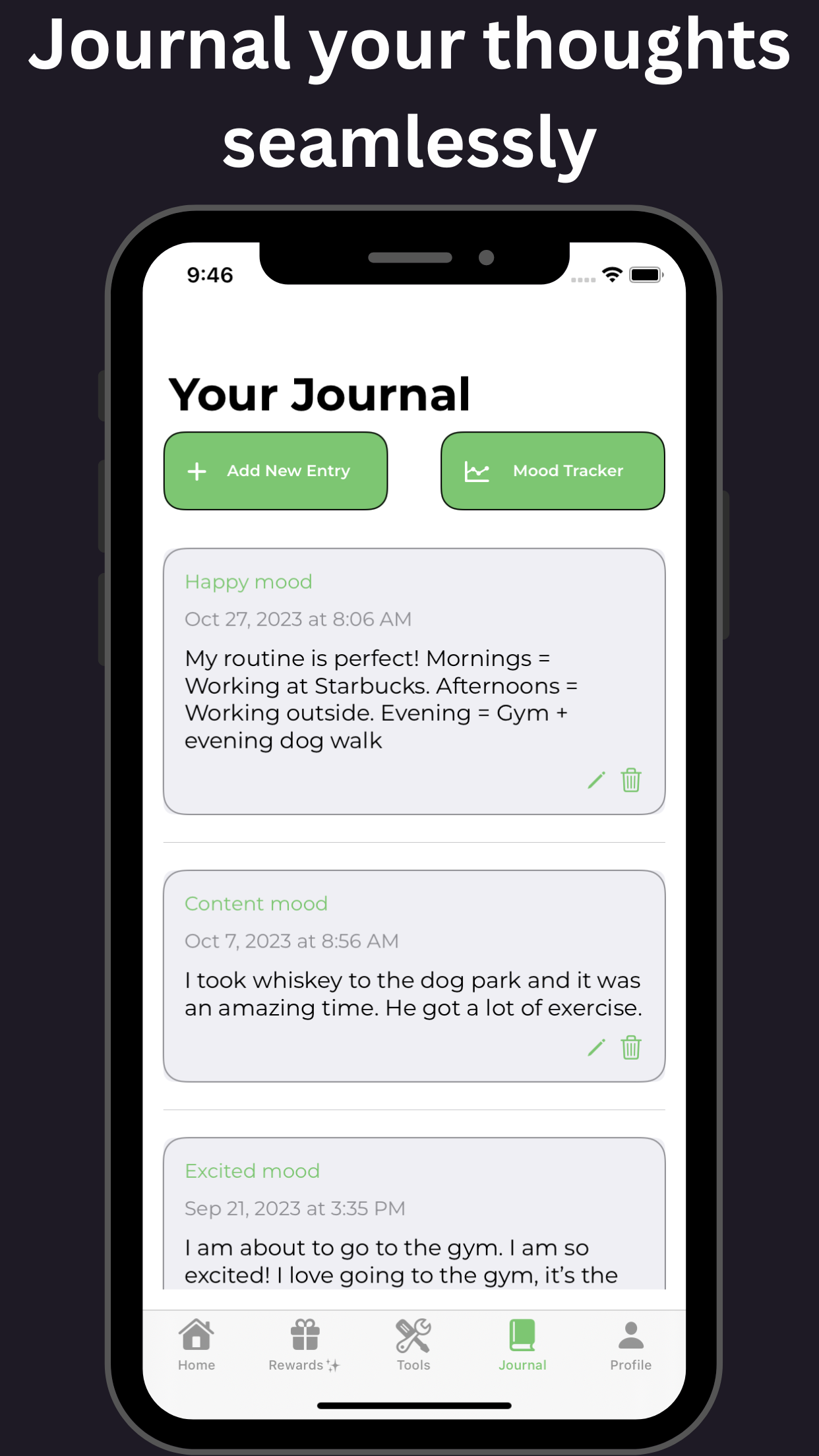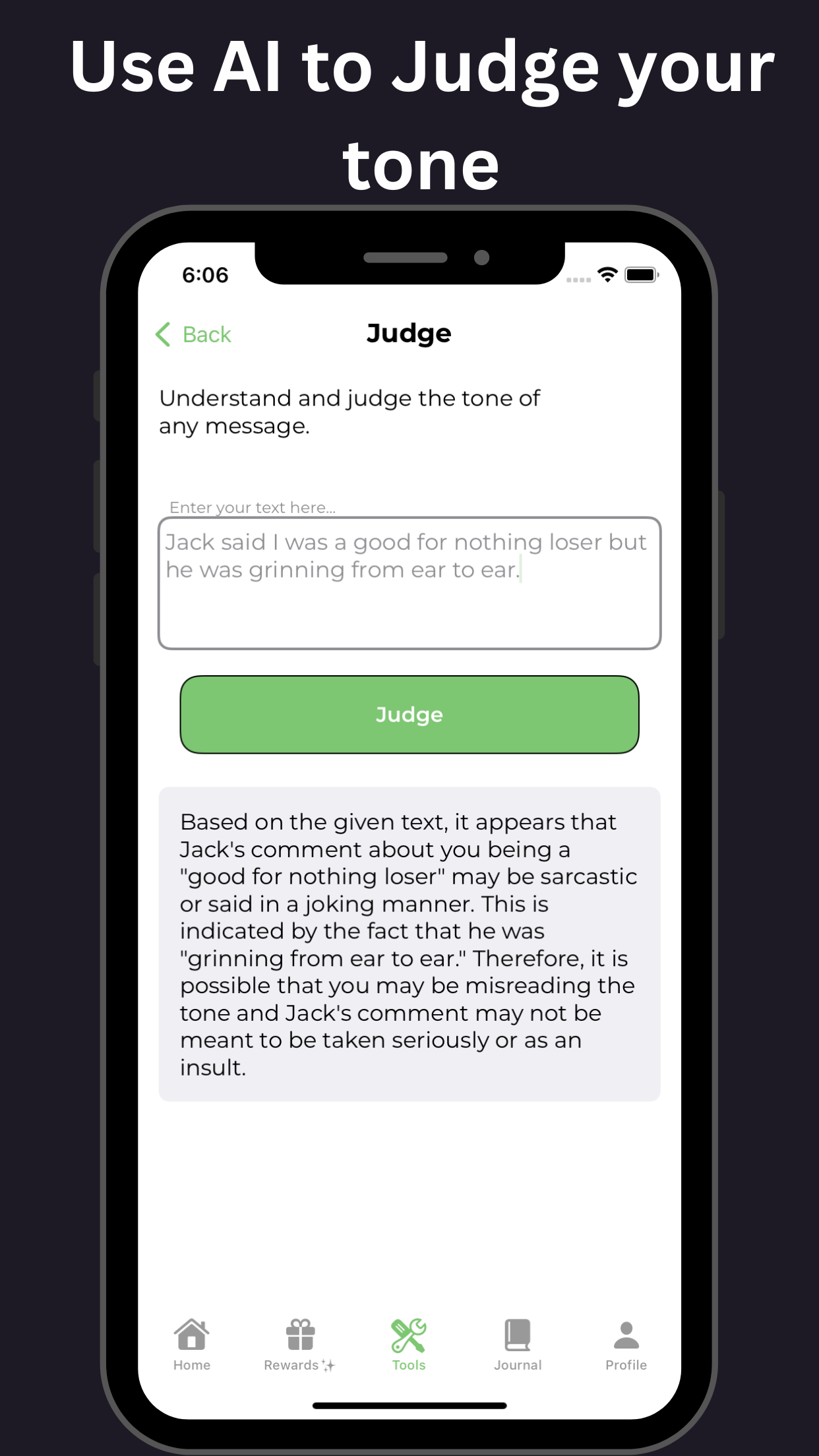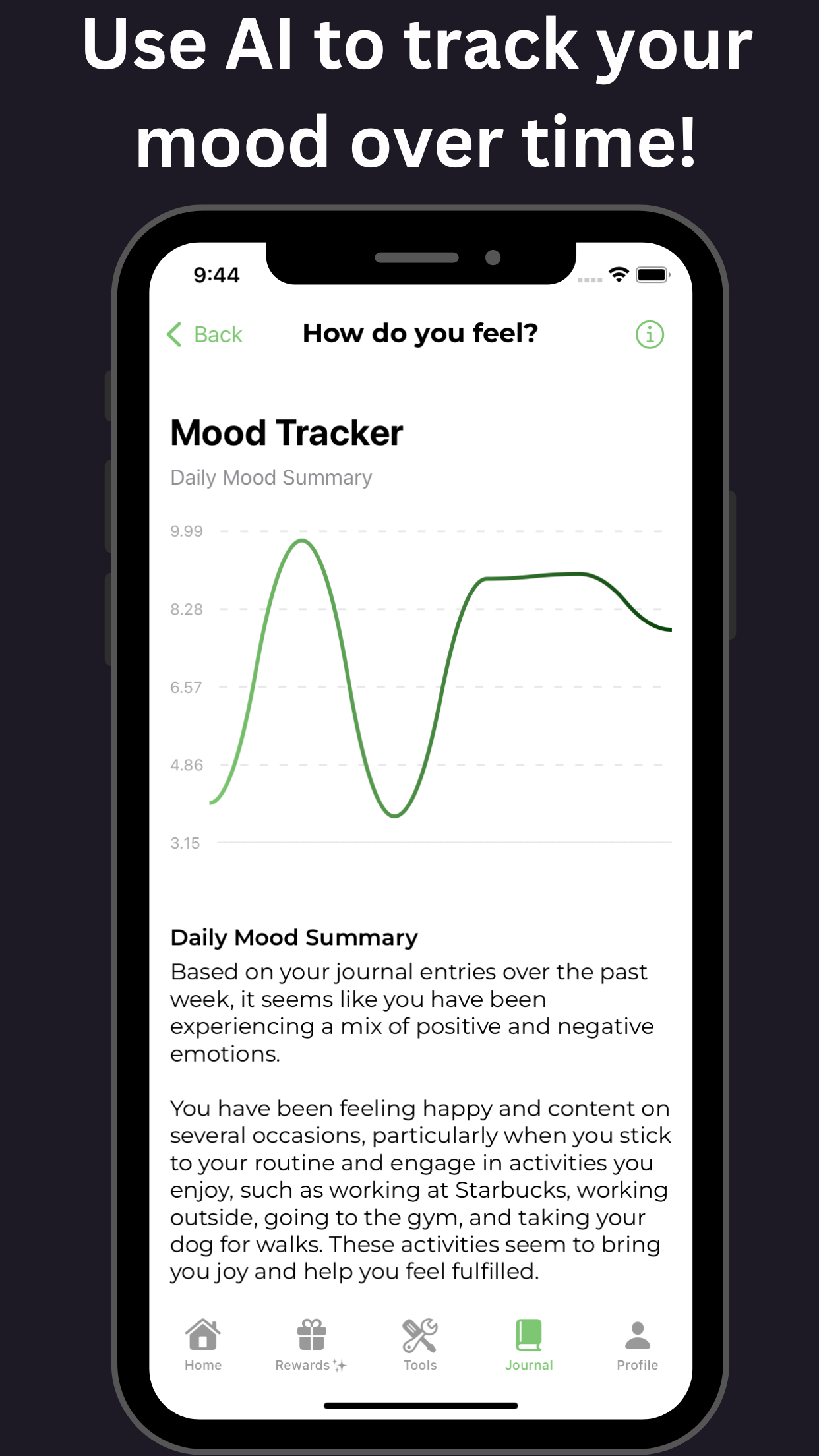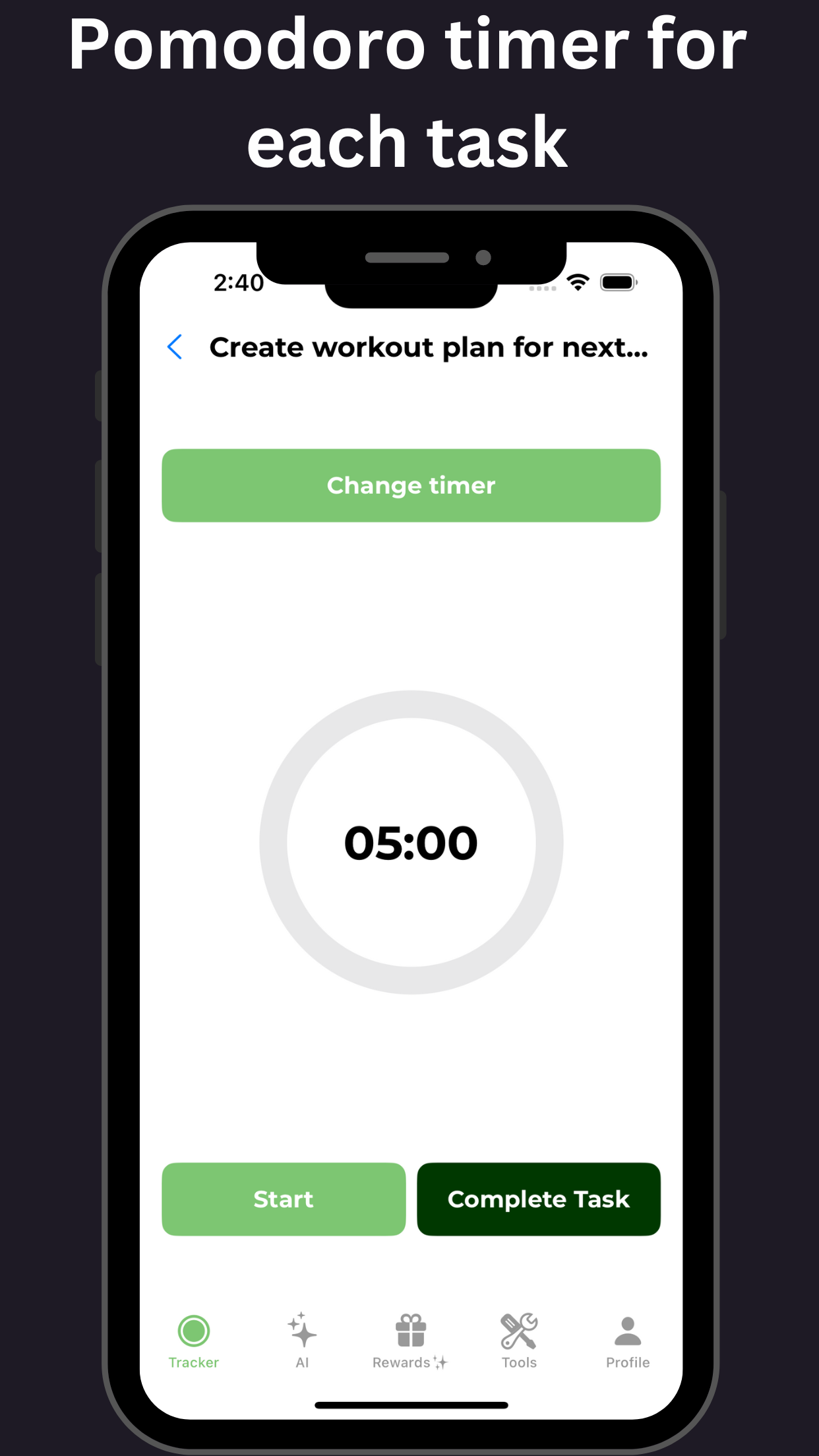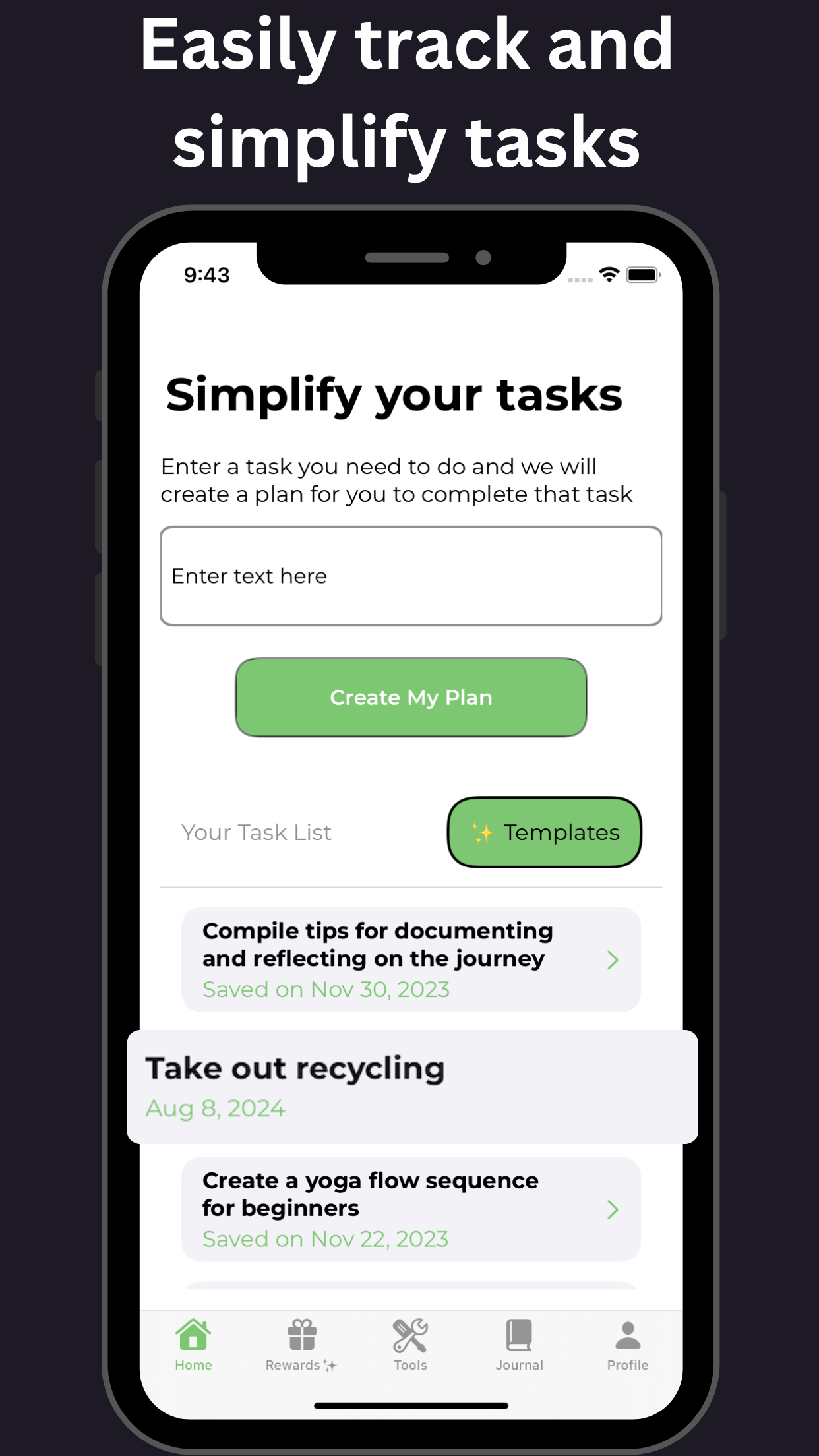Thriving with ADHD at Work: Strategies for Success in the Workplace
Key Takeaways
| Area | Key Takeaways |
|---|---|
| Challenges | ADHD employees may struggle with time management, organization, and impulsivity, leading to difficulties with meeting deadlines and following instructions. |
| Strengths | Individuals with ADHD often possess creative problem-solving skills, high energy levels, and an entrepreneurial spirit, making them valuable assets to innovative and fast-paced teams. |
| Accommodations | Reasonable accommodations may include providing a distraction-free workspace, breaking tasks into smaller steps, and offering regular check-ins to help individuals with ADHD stay on track. |
| Disclosure | Employees with ADHD may choose to disclose their condition to their employer to receive accommodations, but it's essential to maintain confidentiality and avoid stigma. |
| Productivity Strategies | Effective strategies for individuals with ADHD include using the Pomodoro Technique, prioritizing tasks, and leveraging technology to stay organized and focused. |
| Manager's Role | Managers can play a crucial role in supporting employees with ADHD by providing clear instructions, setting achievable goals, and offering regular feedback and encouragement. |
| Employee Support | Employers can provide support for employees with ADHD through access to mental health resources, employee assistance programs, and ADHD-specific training for managers and colleagues. |
Understanding ADHD in the Workplace: Defining ADHD, its impact on work life,and strategies for success.
Thriving with ADHD at Work: Strategies for SuccessAttention Deficit Hyperactivity Disorder (ADHD) is a neurological disorder that affects millions of people worldwide. In the workplace, ADHD can present unique challenges, impacting an individual’s ability to stay organized, focused, and productive. However, with the right strategies and accommodations, individuals with ADHD can excel in their careers and thrive in their professional lives.Defining ADHDADHD is a neurodevelopmental disorder characterized by symptoms of inattention, hyperactivity, and impulsivity. It affects both children and adults, with approximately 60% of childhood cases persisting into adulthood. Common symptoms include difficulty sustaining focus, following instructions, and controlling impulses.The Impact of ADHD on Work LifeADHD can significantly impact work performance, leading to:* Difficulty meeting deadlines and managing time effectively* Struggling to stay organized and prioritize tasks* Impulsive behavior, leading to reckless decisions* Difficulty with multitasking and task-switching* Challenges with written and verbal communicationStrategies for Success with ADHD at WorkFortunately, there are many strategies and accommodations that can help individuals with ADHD overcome these challenges and thrive in the workplace:* Create a conducive work environment: Minimize distractions, use noise-cancelling headphones, and incorporate regular breaks to stay focused.* Prioritize tasks: Break down large projects into smaller, manageable chunks, and use tools like to-do lists and calendars to stay organized.* Leverage technology: Utilize apps, browser extensions, and software that help with time management, organization, and focus.* Develop a daily routine: Establish a consistent daily schedule, including set times for work, breaks, and exercise.* Seek support: Disclose your ADHD to a trusted supervisor or HR representative to access accommodations and support.* Stay organized: Use a planner, app, or tool to stay on top of tasks, deadlines, and appointments.By understanding ADHD and implementing these strategies, individuals with ADHD can unlock their full potential and achieve success in the workplace. Remember, ADHD at work is not a limitation – it’s an opportunity to think outside the box and thrive in a unique way.

Managing ADHD Symptoms at Work: Techniques for coping with distractions,procrastination, and impulsiveness in the workplace.
Here is a summary about managing ADHD symptoms at work:
“Thriving in the workplace with ADHD requires strategies to overcome distractions, procrastination, and impulsiveness. Effective techniques for managing ADHD symptoms at work include breaking tasks into smaller steps, using productivity apps and tools, prioritizing tasks, and creating a conducive work environment. Additionally, minimizing distractions, using the Pomodoro technique, and seeking support from coworkers and supervisors can help individuals with ADHD stay focused and productive. By implementing these strategies, individuals with ADHD can excel in their careers and reach their full potential in the workplace, ultimately succeeding with ADHD at work.”
Common Workplace Challenges for Adults with ADHD: Identifying andovercoming obstacles such as boredom, forgetfulness, andimpulsiveness.
Here is a summary for a blog article about common workplace challenges for adults with ADHD at work:
Mastering ADHD at Work: Overcoming Obstacles to Success
Adults with Attention Deficit Hyperactivity Disorder (ADHD) often face unique challenges in the workplace, hindering their productivity and job satisfaction. Common obstacles include boredom, leading to distraction and lack of engagement; forgetfulness, causing missed deadlines and tasks; and impulsiveness, resulting in reckless decisions and social blunders. By identifying and addressing these challenges, individuals with ADHD can develop strategies to thrive in their careers, boost confidence, and achieve success in their professional lives.
Disclosing Your ADHD at Work: The pros and cons of sharing your conditionwith your employer and how to approach the conversation.
Here is a summary of the topic “Disclosing Your ADHD at Work”:
Title: “Should You Disclose Your ADHD at Work? Weighing the Pros and Cons”
Summary: Living with ADHD at work can be challenging, but deciding whether to disclose your condition to your employer can be even more daunting. While disclosing your ADHD at work can provide accommodations and support, it also raises concerns about stigma and confidentiality. Learn the pros and cons of sharing your ADHD diagnosis with your employer, and get expert tips on how to approach the conversation confidently and comfortably. From understanding your legal rights to finding the right words to express your needs, we’ll guide you through the process of disclosing your ADHD at work.
Accommodations for ADHD in the Workplace: Exploring reasonable adjustments tohelp individuals with ADHD thrive in their roles.
Here is a summary for a blog article about accommodations for ADHD in the workplace:
“Individuals with Attention Deficit Hyperactivity Disorder (ADHD) often face unique challenges in the workplace, but with the right accommodations, they can thrive in their roles. By providing reasonable adjustments, employers can create a more inclusive and supportive work environment for employees with ADHD at work. This can include modifications such as flexible work arrangements, regular breaks, and the use of assistive technology. Additionally, providing a quiet workspace, minimizing distractions, and offering regular feedback and check-ins can also help employees with ADHD stay focused and productive. By implementing these accommodations, employers can help individuals with ADHD at work reach their full potential and contribute to the organization’s success.”
Strategies for Boosting Productivity with ADHD: Tips for creatingstructure, prioritizing tasks, and staying focused in a fast-paced workenvironment.
Here is a summary of the topic “Strategies for Boosting Productivity with ADHD: Tips for creating structure, prioritizing tasks, and staying focused in a fast-paced work environment” optimized for the long-tail keyword “ADHD at work”:
“Individuals with ADHD often face unique challenges in the workplace, such as difficulty staying focused, prioritizing tasks, and creating structure. However, by implementing effective strategies, individuals with ADHD can thrive in fast-paced work environments. This article provides tips and techniques for adults with ADHD at work, including how to create a daily routine, prioritize tasks using the Eisenhower Matrix, and utilize the Pomodoro Technique to boost productivity. Additionally, it covers ways to minimize distractions, utilize technology to stay organized, and build a support network to overcome workplace challenges. By incorporating these strategies into daily work routines, individuals with ADHD can increase their productivity, reduce stress, and achieve success in their careers.”
The Importance of Workplace Support for ADHD: Building a supportnetwork, finding understanding managers, and leveraging technology tostay organized.
Here is a summary for a blog article about the importance of workplace support for ADHD at work:
“Unlocking Productivity: The Crucial Role of Workplace Support for ADHD at Work
Individuals with Attention Deficit Hyperactivity Disorder (ADHD) often face unique challenges in the workplace, from staying organized to managing distractions. However, with the right support, individuals with ADHD at work can thrive and reach their full potential. Building a strong support network, finding understanding managers, and leveraging technology to stay organized are crucial elements in creating a productive and fulfilling work environment for individuals with ADHD. By implementing these strategies, individuals with ADHD at work can overcome obstacles, boost confidence, and achieve success in their careers.”
Managing Time and Priorities with ADHD: Techniques for effective timemanagement, prioritization, and goal-setting in the workplace.
Here is a summary of the topic “Managing Time and Priorities with ADHD: Techniques for Effective Time Management, Prioritization, and Goal-Setting in the Workplace” optimized for SEO with a focus on the long-tail keyword “ADHD at work”:
“Individuals with ADHD often face unique challenges in the workplace, particularly when it comes to managing time, prioritizing tasks, and setting goals. Effective time management, prioritization, and goal-setting techniques are crucial for success in the workplace. This article provides actionable strategies for individuals with ADHD to optimize their productivity and achieve their goals at work. Learn how to create a tailored schedule, break down large tasks, and leverage technology to stay organized and focused. Discover how prioritizing tasks using the Eisenhower Matrix and implementing the Pomodoro Technique can help individuals with ADHD at work stay on track and meet deadlines. By implementing these techniques, individuals with ADHD can overcome common challenges and thrive in the workplace.”
Overcoming Impulsiveness and Emotional Regulation in the Workplace:Strategies for managing emotions, reducing stress, and improvingrelationships with colleagues.
Mastering Emotional Regulation in the Workplace: ADHD-Friendly Strategies for Reducing Stress and Boosting Colleague Relationships. Learn effective techniques for managing impulsiveness, minimizing distractions, and thriving in a work environment with ADHD at work.
Thriving with ADHD: Career Choices and Job Search Strategies: Exploringjob opportunities that play to the strengths of individuals with ADHDand strategies for a successful job search.
Thriving with ADHD: Career Choices and Job Search Strategies for Success at Work
Individuals with Attention Deficit Hyperactivity Disorder (ADHD) often possess unique strengths that can be leveraged to excel in various careers. By identifying and pursuing job opportunities that play to their strengths, individuals with ADHD can capitalize on their skills and thrive in the workplace. Here, we’ll explore the best jobs for people with ADHD and provide actionable job search strategies to help individuals with ADHD succeed at work.
Career Choices for Individuals with ADHD:
- Creative Roles: Careers in art, design, and writing play to the creative strengths of individuals with ADHD.
- Entrepreneurial Ventures: Individuals with ADHD often excel as entrepreneurs, leveraging their creativity, energy, and risk-taking tendencies.
- Dynamic Sales Roles: Sales positions that involve interaction, persuasion, and quick thinking are a great fit for individuals with ADHD.
- Fast-Paced Industries: Careers in emergency services, healthcare, or technology, where adaptability and quick thinking are essential, can be a good match.
- Consulting and Coaching: Individuals with ADHD often possess excellent communication and problem-solving skills, making them well-suited for consulting and coaching roles.
Job Search Strategies for Individuals with ADHD:
- Highlight Transferable Skills: Emphasize skills such as multitasking, creativity, and problem-solving abilities during the job search process.
- Tailor Your Resume: Customize your resume to showcase strengths and achievements that align with the job requirements.
- Prepare for Interviews: Prepare thoughtful questions and practice responses to common interview questions to build confidence.
- Disclose ADHD: Consider disclosing ADHD to potential employers to request necessary accommodations and support.
- Leverage Technology: Utilize tools and apps that help with organization, time management, and focus to increase productivity and efficiency.
By understanding the strengths of individuals with ADHD and implementing effective job search strategies, individuals can thrive in their careers and achieve success at work.
Creating a ADHD-Friendly Work Environment: How managers and employerscan support employees with ADHD and create a more inclusive workplaceculture.
Optimizing the Workplace for Success: Creating an ADHD-Friendly Environment at WorkTo foster a more inclusive and productive work environment, managers and employers can take deliberate steps to support employees with Attention Deficit Hyperactivity Disorder (ADHD). By implementing simple yet effective strategies, organizations can unlock the full potential of their team members with ADHD, leading to improved job satisfaction, increased morale, and enhanced overall performance. Here’s how to create an ADHD-friendly workplace culture:1. Flexible Work Arrangements: Offer flexible scheduling, remote work options, and task segmentation to accommodate individual work styles.2. Minimize Distractions: Designate quiet workspaces, reduce noise levels, and provide tools to block social media and email notifications.3. Clear Communication: Use clear, concise language in instructions and provide regular feedback to avoid misunderstandings.4. Break Tasks into Steps: Divide larger projects into manageable, bite-sized tasks to enhance focus and productivity.5. Provide Organizational Tools: Offer training on organizational strategies, such as Pomodoro timers, to-do lists, and project management software.6. Employee Support Networks: Establish peer support groups or mentorship programs to encourage open discussion and camaraderie.7. ADHD Awareness: Educate management and colleagues about ADHD to dispel stigmas and promote a culture of understanding.By implementing these measures, organizations can create a supportive and inclusive environment, empowering employees with ADHD to thrive at work and reach their full potential. Learn how to create an ADHD-friendly workplace culture and unlock the benefits of a diverse and talented team.
Important Sources
| ADHD in the Workplace | Psychology Today | ADHD can be a challenge for adults who want to succeed in their careers, but it does not have to prevent them from doing so. Learn how to cope with symptoms, find strategies, and discover jobs that suit your strengths and preferences. Find out if ADHD is a disability at work and what accommodations you may need. |
| ADHD at Work: How to Manage Symptoms and Boost Productivity - Psych Central | Learn how to manage ADHD symptoms and boost productivity at work with strategies such as creating structure, writing down tasks, rewarding yourself, and finding support. Also, get tips on how to get a new job when you have ADHD and find resources for more help. |
| Common Workplace ADHD Problems and How to Fix Them - WebMD | ADHD is a common mental health condition that impacts the parts of the brain that help you focus, sit still, and maintain self-control. It can cause challenges at work, such as boredom, distractions, forgetfulness, procrastination, and impulsiveness. Learn how to manage your symptoms, disclose your condition, and get accommodations at work. |
| The silent struggles of workers with ADHD - BBC | Workers with ADHD will almost always have challenges in the workplace, even if they are able to work with understanding and accommodating bosses, or get the assistive tools they request. But ... |
| Adult ADHD at Work: Tips for Organization and Control - WebMD | These are all called executive-function abilities and are important in the workplace. If you have ADHD, it may also be hard to: Manage time. Get and stay organized. Listen and pay attention ... |
| ADD at Work: 9 Practical Strategies for Managing ADHD on the Job - ADDitude | Shankman: People with ADHD have a tendency to speak first and think later. If you feel yourself getting angry at work — whether it’s over email or in person — excuse yourself. Take a walk, think about what you want to say, and return to your desk only when you’ve collected your thoughts. And ditch the passive aggression. |
| Accommodations for ADHD in the Workplace | Psychology Today | The ADHD psychiatrist will help Peter develop organizational systems with his computer and files, efficient workflow strategies, and time management skills. Allow opportunities for teamwork with ... |
| ADHD: How to Manage Employees With It - WebMD | ADHD symptoms do allow people with ADHD to excel in certain situations at work. Research shows that people with ADHD are more likely to be creative and original thinkers and bring fresh ideas into ... |
| Adult ADHD and the Workplace | Psychology Today | Common Difficulties for Adults With ADHD at Work. The workplace, including at-home parents, self-employment, and volunteer jobs, comes with performance expectations. |
| Your Guide to Workplace Accommodations for ADHD - Healthline | For someone with ADHD, here are some examples of what reasonable accommodations might look like at work: having a dedicated quiet workspace to work from. using noise-canceling headphones in loud ... |
